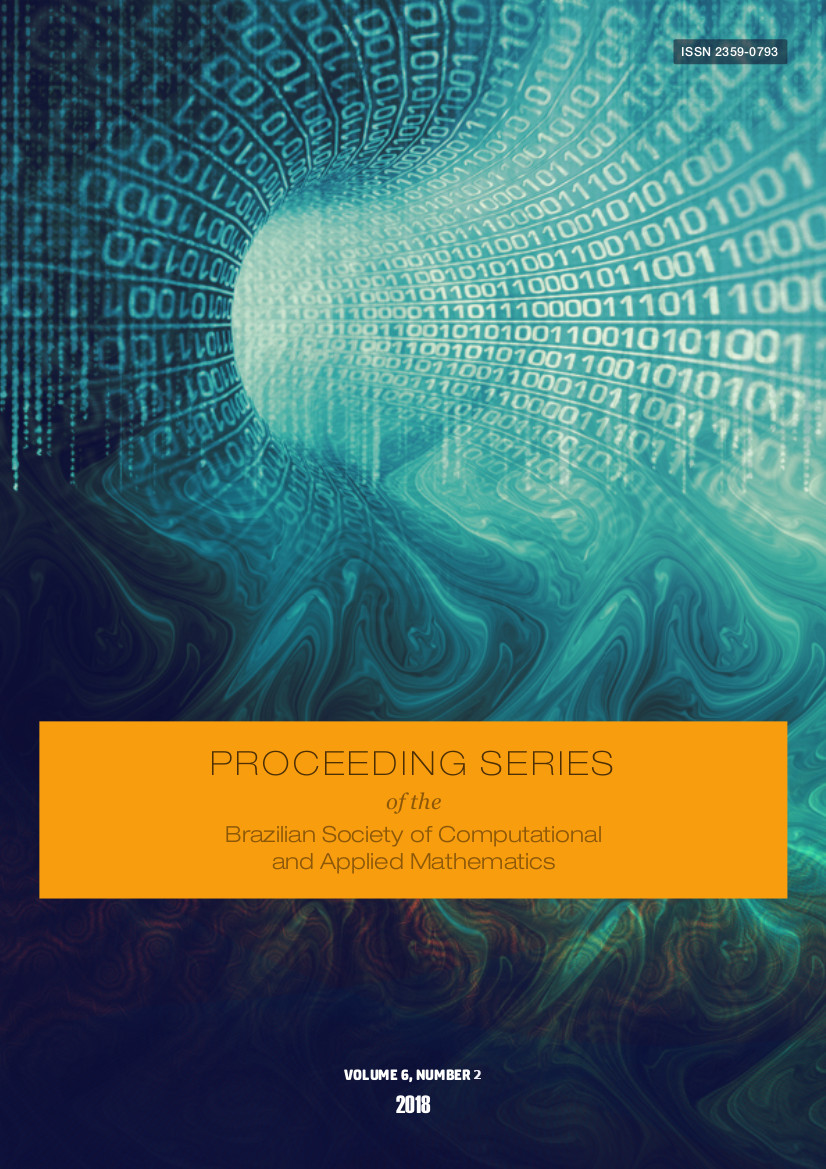Analysis of the resonance effect on the orbital motion of a spacecraft around Mercury
DOI:
https://doi.org/10.5540/03.2018.006.02.0250Palavras-chave:
Astrodynamics, Orbital Perturbation, Kozai ResonanceResumo
The double-averaged method should be used with caution in some situations where the averaging is applied at different timescales. In this work, a study is presented considering this observation for orbits around Mercury. When the average anomaly of the Sun is eliminated, the idea is that all effects whose periods below 88 days are neglected. As the rotation of Mercury is about 58.6 days, this means that the perturbation due to the C22 term must also be neglected. However, since the C22 term is important and should be taken into account, then terms longer than 58.6 days should also be preserved. In other words, keeping the C22 term with a period of 58.6 days means that the solar terms with the longest period (88 days) must also be maintained. Therefore, in this preliminary work, the second average over the mean anomaly of the Sun (or Mercury) is not applied. An analysis of the orbital motion of artificial satellites around Mercury is presented taking into account its non-sphericity (J2 , C22 ) and the perturbation of the third body. The single averaged method is applied to eliminate only the mean anomaly of the spacecraft. In this work, is presented an approach considering the Kozai resonance.

